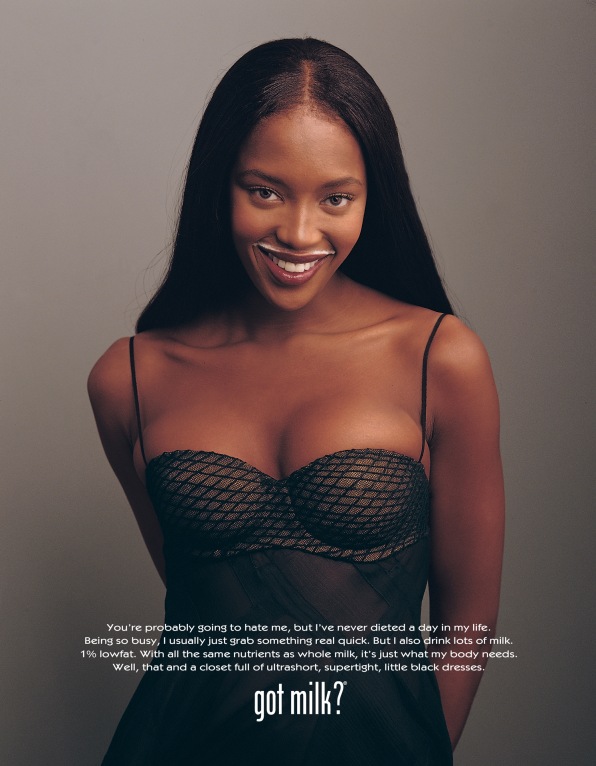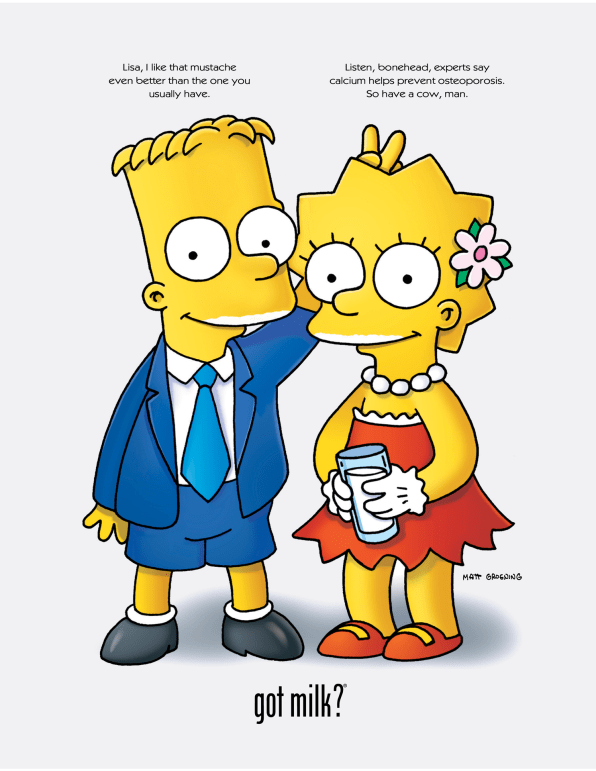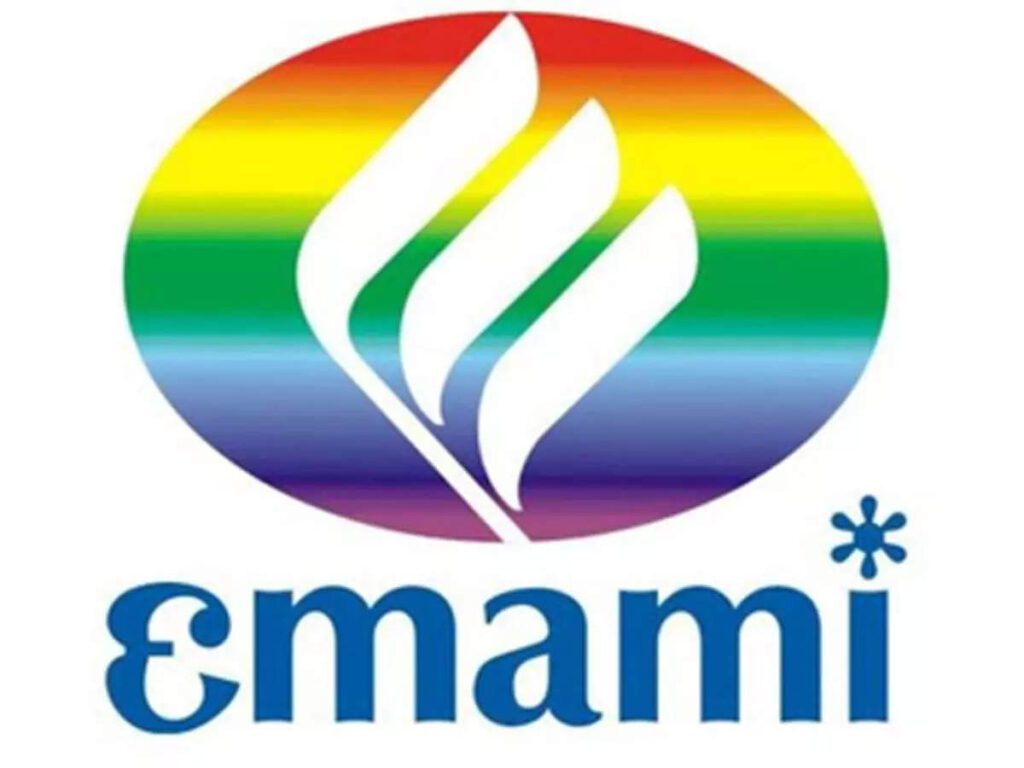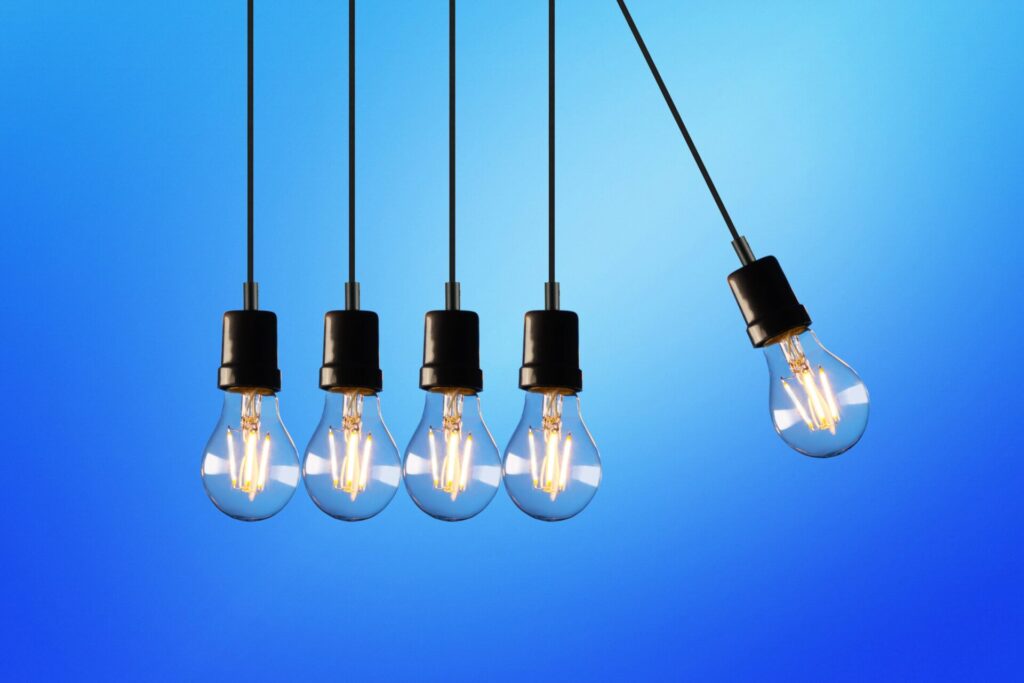Iconic Ads: Got Milk? And the Milk Moustache

The background to the Got Milk? And the Milk Moustache campaigns in the US which brought milk back into the reckoning.
Thinking Behind Got Milk?
A focus group led by Jon Steel, a partner at Goodby, Silverstein & Partners, encouraged participants not to drink milk for a week before taking part in the study in 1993. It was for a pitch to a new customer, the California Milk Processor Board. Sales needed a boost.
The participants were all severely affected by the shortage of milk in even commonplace items such as morning cereals.
A discussion erupted in the room, and it became obvious from the people’s comments that they had an emotional attachment to a commonplace item. The lack of milk became apparent. Steel was well aware that he was onto something big.
The origin of the term “Got Milk?” is boring surprisingly. Jon Steel arranged a meeting with Jeff Goodby and Rich Silverstein after telling them the results of the focus group to them. Tara Winkler, a coworker, asked Goodby what he wanted to title that section of the discussion.
Goodby responded, “I don’t know, it’s about running out of milk.” “How about ‘Got milk?’ with a question mark?”
Winkler scrawled those words on a piece of foam board that hung on the wall, complete with a question mark. During the discussion, Goodby stared at it and envisioned early commercial concepts that concluded with, as he puts it, “this crazy, little bonsai tagline.”
A cookie truck and a milk truck are chasing each other down the highway in one dream. As the chase proceeds, it becomes clear that the cookie truck driver’s mouth is full with cookies. He is in desperate need of milk. Goodby adds, “I had lots of these lost dog stories that went all over the place and that ended with the lynchpin,”
The foundations of the Got Milk? campaign’s unique approach – “deprivation marketing,” were planted during these early brainstorming sessions. Goodby and his team would market the lack of a product to customers instead of the product itself.
During the 1980s, the slogan “Milk does a body good” had become the tagline, based on the concept that drinking milk builds strong bones and muscles. Deprivation marketing, on the other hand, was the polar opposite. It didn’t matter if it was healthy; what mattered was that without it, every meals tasted bland. Because no one else at the agency was enthused about pitching milk, this difference made the idea of pitching milk even more appealing.
Goodby, Silverstein, and Steel chose to use their focus-group results in their office. Silverstein removed the milk cartons from the refrigerator and placed a concealed camera at the rear to record people’s responses when they found they had no milk for their coffees. The employees were frustrated. There was now enough information to present to the California Milk Processor Board.
Goodby says, “The lesson is, sometimes, if you listen to the world around you, it tells you what to do, you know?” “Great taglines are clumsy,” says Silverstein. “[Nike’s] ‘Just Do It’ was a dorky line. The fact that ‘Got Milk?’ made it into the lexicon, well, who would’ve thought?”
The First Got Milk? Commercial
“Aaron Burr,” the first film of the Got Milk? initiative, was released in 1993. Sean Whalen plays a thin history enthusiast who spreads peanut butter on toast just as the radio announces a contest: “And now let’s make that random call with today’s $10,000 question,” the host says. “It’s a tough one: Who shot Alexander Hamilton in that famous duel?” An old gun fires, and across the room, a portrait of the legendary battle looks at the sandwich eater. The phone rings. When he hears the question again, he says, “Aaron Burr.” The host, however, is unable to comprehend the response since the man’s mouth is coated with peanut butter. He shouts again, “Aaron Burr!” When he gets his milk carton, he discovers that it is empty.
There will be no $10,000 reward. There isn’t any milk. Goodby’s invented “little bonsai tagline” emerged for the first time, read out in a baritone, sarcastic tone.
Silverstein remembers, “At the time, there was a big fight in the agency between the other creatives and myself and Goodby.” “They told, ‘You old farts, you can’t say ‘Got Milk?.’
The commercial was directed by a then recent film graduate Michael Bay (the Transformers guy), who was brought in by his classmate and the art director, Erich Joiner.
Then a series of films happened all in this warped sense of humour.
Jeff Manning at The California Milk Processor Board understood the strategy behind the Got Milk? campaign and was instrumental in pushing this through. Deprivation made milk a brand. Nothing else worked with cereal (and other products), only milk did!
Milk Moustache Origins
In 1995, the Milk Processor Education Program (MilkPEP), the national arm of milk processors, hired Bozell to propagate the milk cause.
MilkPEP’s aim was to make milk relevant and hip again, and tell them about the benefits. Research on kids at the time showed that they viewed milk as a commonplace and boring.
Bernie Hogya, an art director was assigned to work on the campaign, with copywriter Jennifer Gold Mantz. They were a great team together. Jay Schulberg, the Chief Creative Officer had given them a brief – create an educational campaign promoting the nutritional benefits of milk. The brief also contained a copy of the USDA Food Pyramid!
One of the insights was that most people knew that milk was good for them, but did not know why. They were given some interesting points to buttress the claims
Milk has 9 essential nutrients. Lowfat milk has the same nutrients as whole milk. The calcium in milk helps prevent osteoporosis.
They kept trying and working with different ideas, when Jennifer remembered something from her childhood. “I remember when we used to have breakfast and my brother would get this milk moustache. Maybe we could do something with that?”
First they put milk moustaches on regular people. It looked good, but lacked the big idea look. Bernie suggested celebrities, and when they put milk moustaches on them, it worked and big!
Hogya had been told that celebrities would be expensive and they would have to use stock photos. And since the budgets were small, no celebrity would spend time on a photo shoot. But Hogya wanted original photos.
One of the best photographers was Annie Leibovitz. Hogya, as a courtesy asked her if she could shoot, expecting her to reject it. He had in the meanwhile accepted reality that he would have to do with stock photos. But surprise – Annie not only wanted to shoot, but she did not want anyone else to do so!
With Annie onboard was a big plus especially since the target was women for the first year. Women would now be fine with having milk moustaches (after all the make-up) since she was shooting.
The campaign was launched in January 1995, and it was everywhere!
Stellar Star Cast
Among the stars who came on board were: Harrison Ford, Britney Spears, Kate Moss, Dennis Rodman, Shaquille O’ Neal, Williams sisters, Whoopi Goldberg (lactose free milk), David Beckham, Kristi Yamaguchi, Patrick Ewing, Joan Rivers, Hanson, The Simpsons, and Kermit the Frog. Sarah Michelle Gellar (Buffy the Vampire Slayer), posed as her demon-dusting alter ego. And so many more..
Annie Leibovitz photographed more than 180 of the ads.

MilkPEP was only paid $25,000 per ad, a fraction of what these stars normally charged (Most donated to charity.) So money was not the motivating factor but the idea was
MilkPEP also licensed the Got Milk? Line later on, and the campaigns became complementary with each other. The first campaign was The “Milk. What a surprise!” The program next included men as well as women with milk above their lip, and the slogan “Where’s your mustache?” and later, “Got milk?”.
Results
And yet, statistical data indicates that the Milk Mustache campaign didn’t influence long-term behavior. According to a report by CoBank, over a 30-year period from 1970-2010, milk consumption has declined nationally from 28.6 gallons to 20.9 gallons
In 2014, MilkPEP retired “Got Milk?” and replaced it with its current tagline, “Milk Life”
For further reading:
- https://www.fastcompany.com/40556502/got-milk-how-the-iconic-campaign-came-to-be-25-years-ago
- https://en.wikipedia.org/wiki/Got_Milk%3F
- http://www.milkadman.com/blog.html






